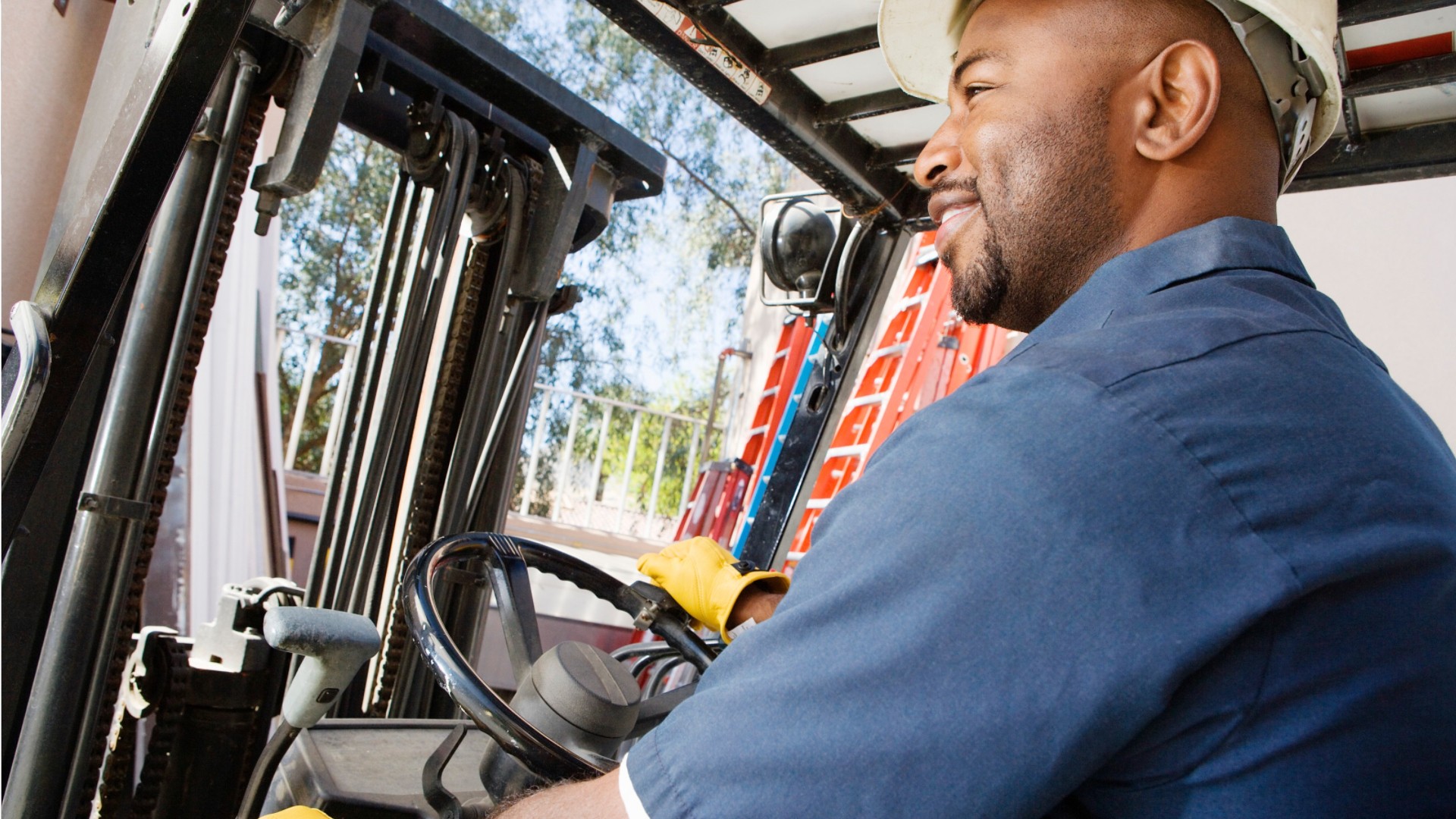Dredge Operators
Dredge Operator, Dredger
What they do:
Operate dredge to remove sand, gravel, or other materials in order to excavate and maintain navigable channels in waterways.
On the job, you would:
- Move levers to position dredges for excavation, to engage hydraulic pumps, to raise and lower suction booms, and to control rotation of cutterheads.
- Start and stop engines to operate equipment.
- Start power winches that draw in or let out cables to change positions of dredges, or pull in and let out cables manually.
Knowledge
Engineering and Technology
- mechanical
Arts and Humanities
- English language
Safety and Government
- public safety and security
Business
- management
Skills
Basic Skills
- thinking about the pros and cons of different ways to solve a problem
Problem Solving
- noticing a problem and figuring out the best way to solve it
Abilities
Controlled Movement
- quickly change the controls of a machine, car, truck or boat
- use your arms and/or legs together while sitting, standing, or lying down
Hand and Finger Use
- hold or move items with your hands
- keep your arm or hand steady
Personality
People interested in this work like activities that include practical, hands-on problems and solutions.
They do well at jobs that need:
- Cautiousness
- Dependability
- Attention to Detail
- Stress Tolerance
- Perseverance
- Integrity
Technology
You might use software like this on the job:
Data base user interface and query software
- Teledyne Odom Hydrographic ODOM eChart
Industrial control software
- HYPACK DREDGEPACK
- Programmable logic controller PLC software
Mobile location based services software
- Global positioning system GPS software
Education
Education: (rated 2 of 5)
high school diploma/GED
usually needed
usually needed
Get started on your career:
Find Training
Apprenticeship.gov
Job Outlook
Below Average
New job opportunities are less likely in the future.
Explore More
- Excavating & Loading Machine & Dragline Operators, Surface Mining
- Helpers--Extraction Workers
- Hoist & Winch Operators
- Operating Engineers & Other Construction Equipment Operators
- Rotary Drill Operators, Oil & Gas
You might like a career in one of these industries:
See more details at O*NET OnLine about Dredge Operators.




